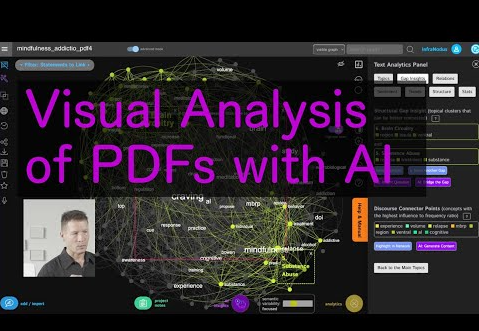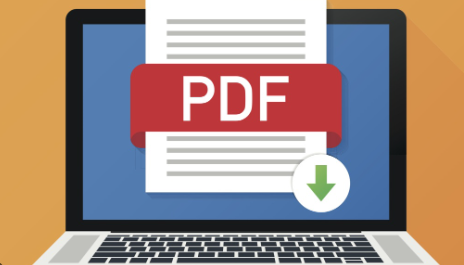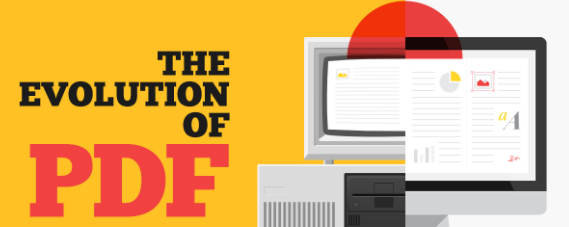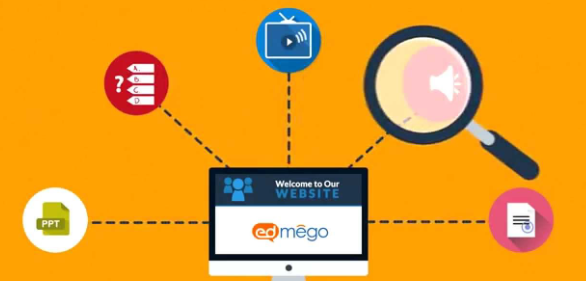Analyzing PDFs: A Comprehensive Guide
Analyzing PDFs can be a daunting task, especially when dealing with extensive documents. However, with the right approach and tools, you can unlock a wealth of information hidden within PDF files. In this guide, we’ll explore various methods and strategies for analyzing PDFs efficiently and effectively.
Understanding the Basics
To begin your analysis, it’s crucial to have a strong foundation in the basics. Firstly, familiarize yourself with the structure of a PDF document. PDFs are composed of text, images, and sometimes interactive elements. Understanding how these components interact will help you extract meaningful insights.
Text Extraction
One of the primary steps in PDF analysis is extracting text content. Utilize OCR (Optical Character Recognition) software to convert scanned PDFs into editable text. Tools like Adobe Acrobat and online converters can assist in this process, making the text content searchable and analyzable.
Metadata Inspection
Metadata contains valuable information about a PDF document, such as author details, creation date, and document properties. Use metadata inspection tools to extract this information. Examining metadata can reveal important insights about the document’s origin and purpose.

Analyzing PDFs
Keyword and Phrase Search
Performing keyword and phrase searches within PDFs is essential for pinpointing specific information. Adobe Acrobat and other PDF readers offer search functionality. This allows you to quickly locate relevant content within large documents, saving time and effort.
Annotation and Highlighting
Another effective strategy is annotating and highlighting key passages within the PDF. This helps you visually identify critical information and refer back to it easily during your analysis. Most PDF readers offer annotation tools for this purpose.
Data Extraction from Tables
For PDFs containing tabular data, extracting that data into a structured format can be challenging. Utilize specialized software or Python libraries like Tabula to convert tables into CSV or Excel formats. This enables you to perform further analysis and visualization.
Graphical Content Analysis
Analyzing images and charts within PDFs can provide valuable insights. Optical Character Recognition (OCR) can help extract text from images, while specialized software can extract data from charts and graphs. This allows for a deeper understanding of the document’s content.
Cross-Referencing Documents
In some cases, you may need to cross-reference multiple PDF documents to draw meaningful conclusions. Keep organized notes and use tools like document management software to easily access and compare relevant documents.
Collaboration and Sharing
Collaboration is often crucial in PDF analysis, especially for complex projects. Use cloud-based platforms or document management systems to share and collaborate on PDF analysis with colleagues. This ensures efficient teamwork and data sharing.
Conclusion
Analyzing PDFs can be a rewarding endeavor when approached systematically. By understanding the document structure, extracting text, examining metadata, conducting keyword searches, and using annotation tools, you can unlock valuable insights. Additionally, data extraction from tables, graphical content analysis, and cross-referencing documents further enhance your analysis capabilities. Lastly, collaboration and sharing tools facilitate teamwork and data exchange during the analysis process.
Incorporating these strategies and tools into your PDF analysis routine will enable you to uncover hidden information efficiently. So, dive into your next PDF analysis project with confidence, armed with the knowledge and techniques presented in this guide.






